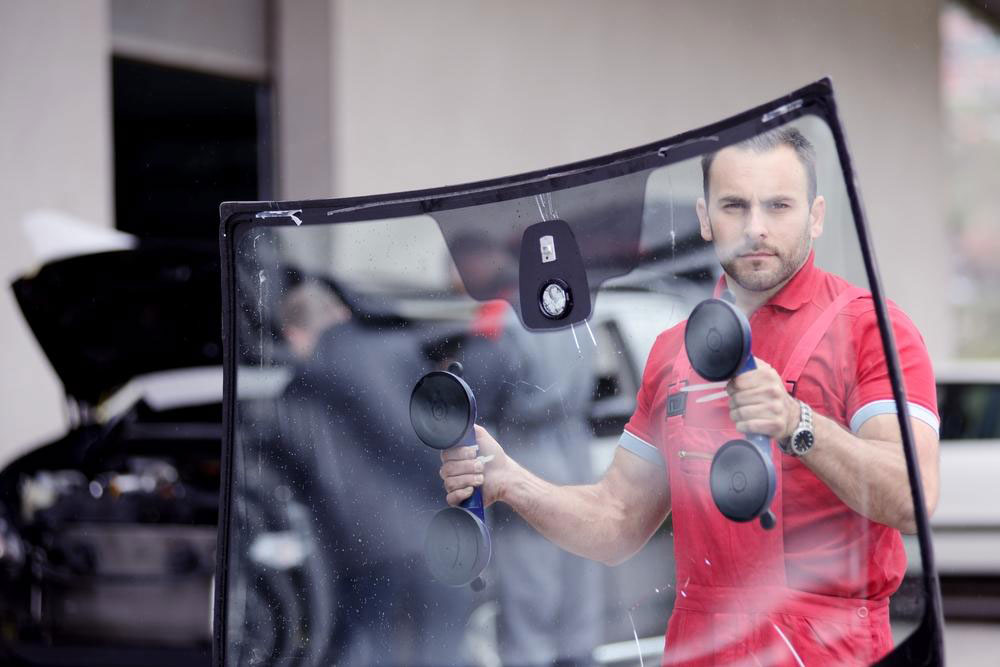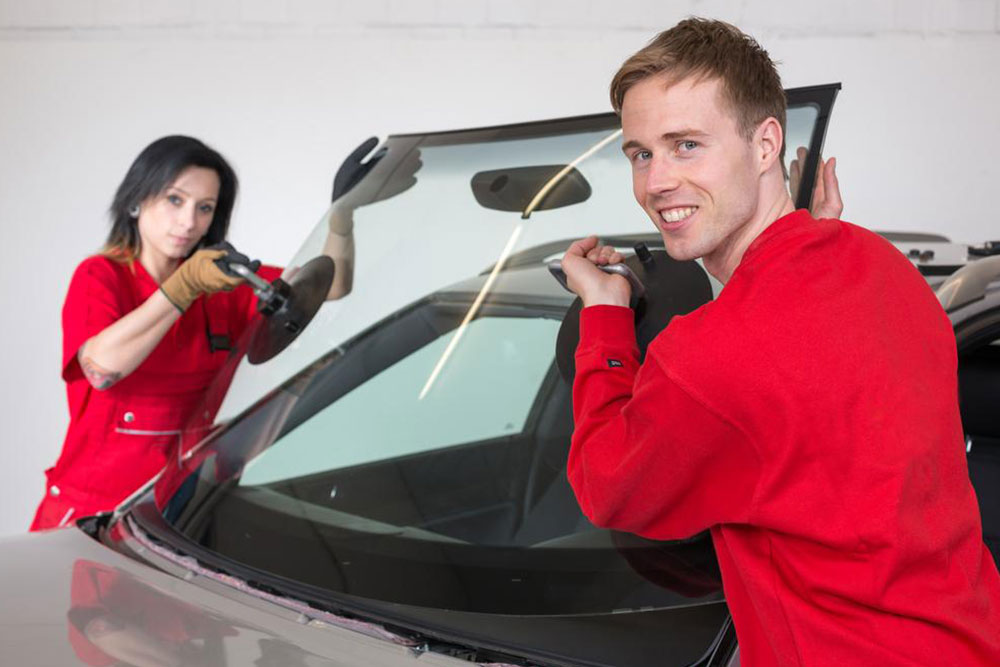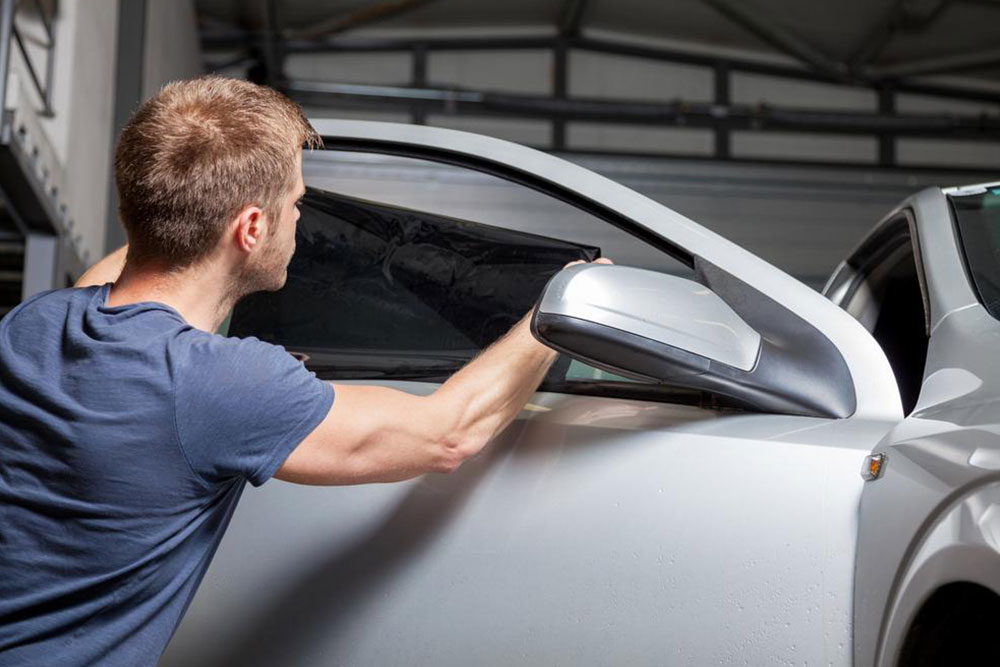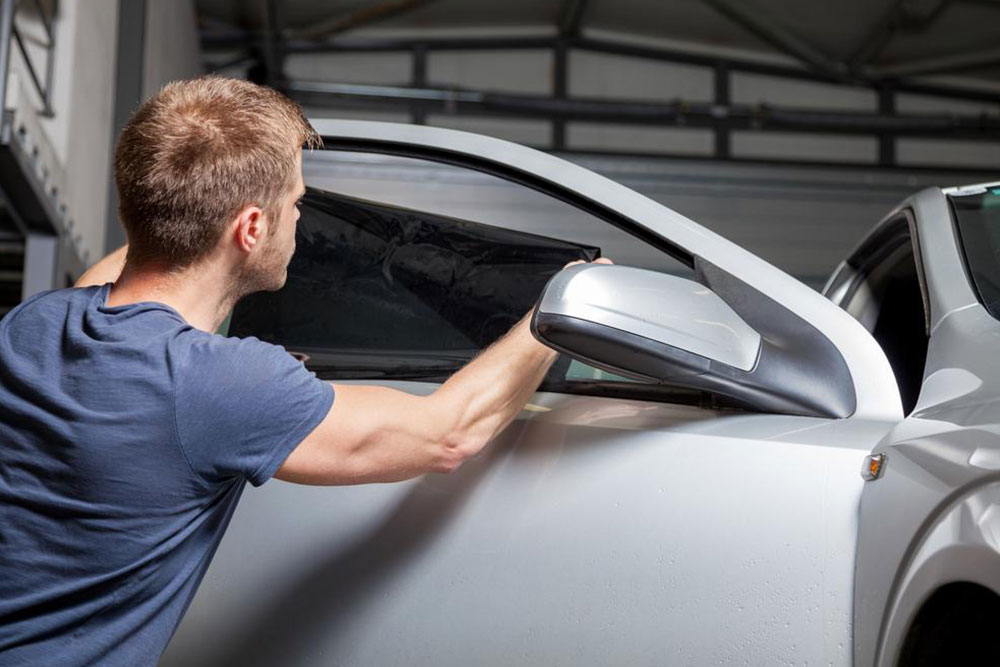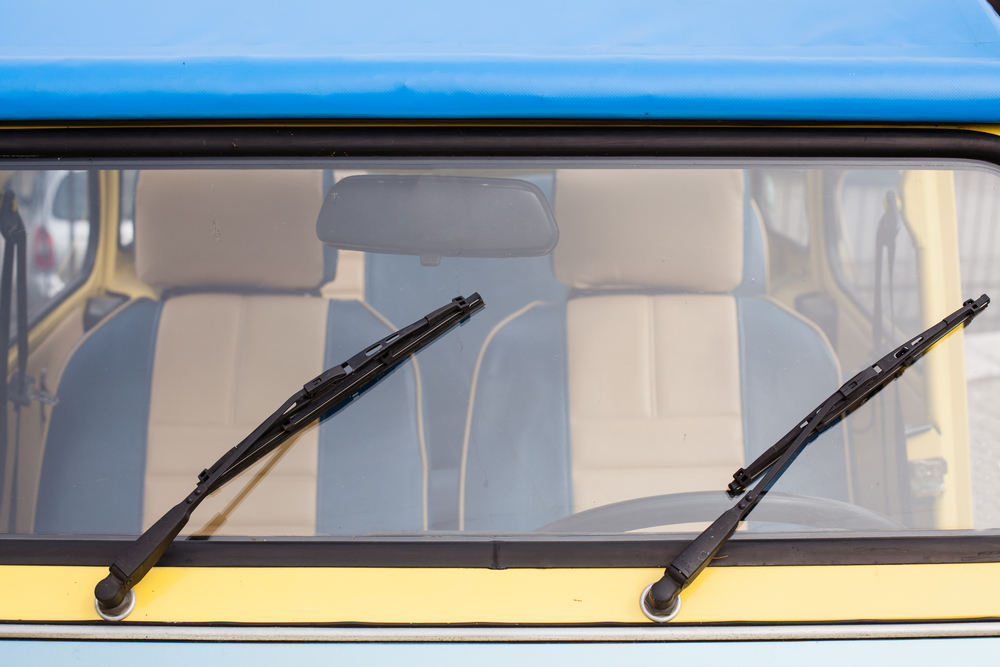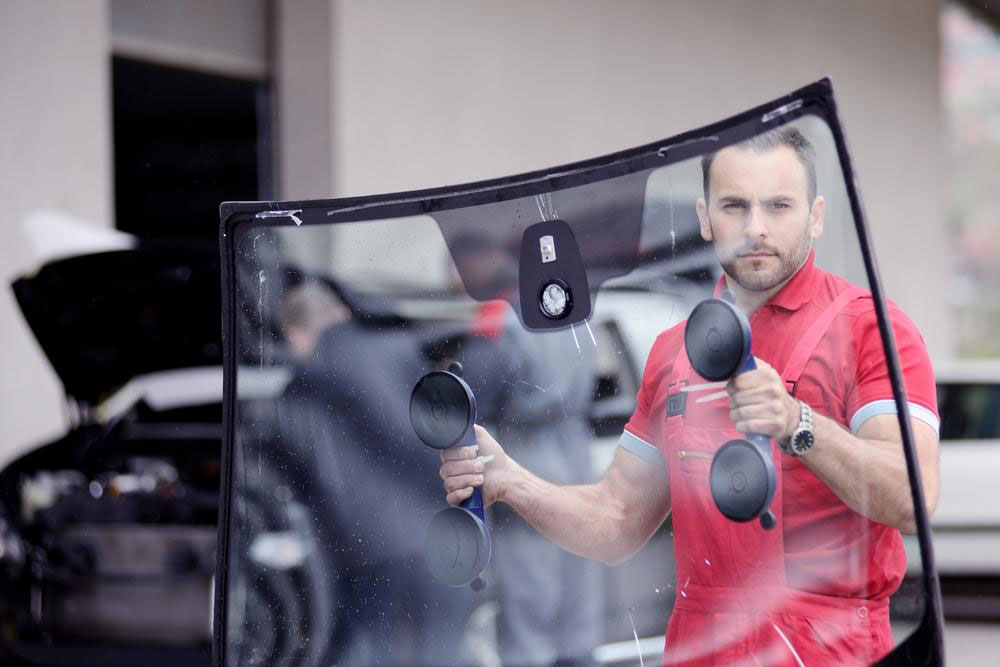Essential Facts About Vehicle Glass You Should Know
Discover key insights about vehicle glass, including types, safety features, and repair tips. Learn why laminated and tempered glasses are crucial for vehicle safety, how to handle damage, and the importance of timely repairs. This guide emphasizes the safety benefits of auto glass and provides practical advice for vehicle owners to ensure their safety on the road.
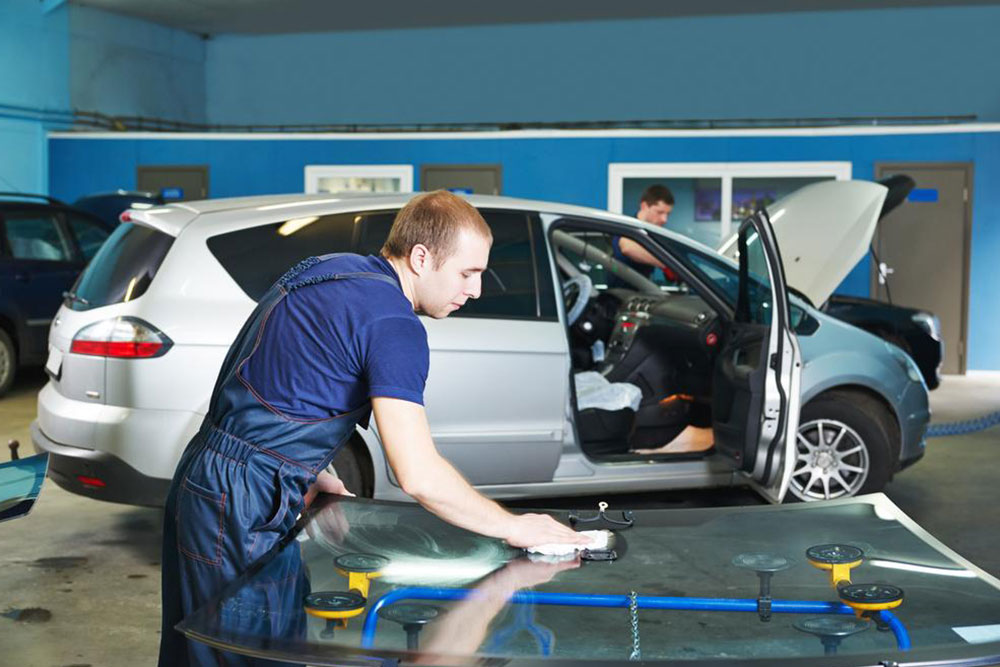
Essential Facts About Vehicle Glass You Should Know
Imagine your car hits a tree on the roadside, causing the windshield to shatter. Unlike ordinary glass that crumbles into sharp fragments, automotive windshields break into small, safe pieces.
Why is this? Because vehicle glass is specially manufactured for safety and durability. It’s a type of glass designed to withstand impacts and protect passengers.
Learn more about vehicle glass types and their functions below.
What are the primary types of automotive glass?
The two main varieties are laminated and tempered glass.
Windshields feature laminated safety glass, whereas side windows and rear windows are made from tempered glass.
Laminated Glass: Developed in the 1920s, laminated glass consists of two glass sheets bonded with Polyvinyl Butyral. The layered structure is then heated, resulting in durable laminated glass.
Since laminated glass holds together when shattered, it prevents glass shards from flying freely. It also acts as a cushion, reducing injury risk during collisions.
Tempered Glass: This type involves a single glass sheet subjected to high heat followed by rapid cooling, which enhances its strength.
Tempered glass is ideal for side windows because it breaks into tiny, blunt fragments upon impact, reducing injury risk. Unlike laminated glass, it must be replaced if damaged, as it cannot be repaired.
Replacing Your Vehicle’s Windshield:
Engage a professional auto glass technician for repairs. They will remove wipers, moldings, and the cowl, clean the old adhesive, and apply a new sealant before fitting the new windshield. Costs can be covered by insurance or paid out-of-pocket.
Always repair a cracked windshield promptly. Driving with a damaged windshield compromises safety, as it acts as a barrier during accidents, preventing ejection from the vehicle.
Note:
Our blog offers diverse, practical insights. While our research aims for accuracy, readers should consider that information may vary across platforms. We do not guarantee the completeness or correctness of all data, and readers should consult professionals as needed.

